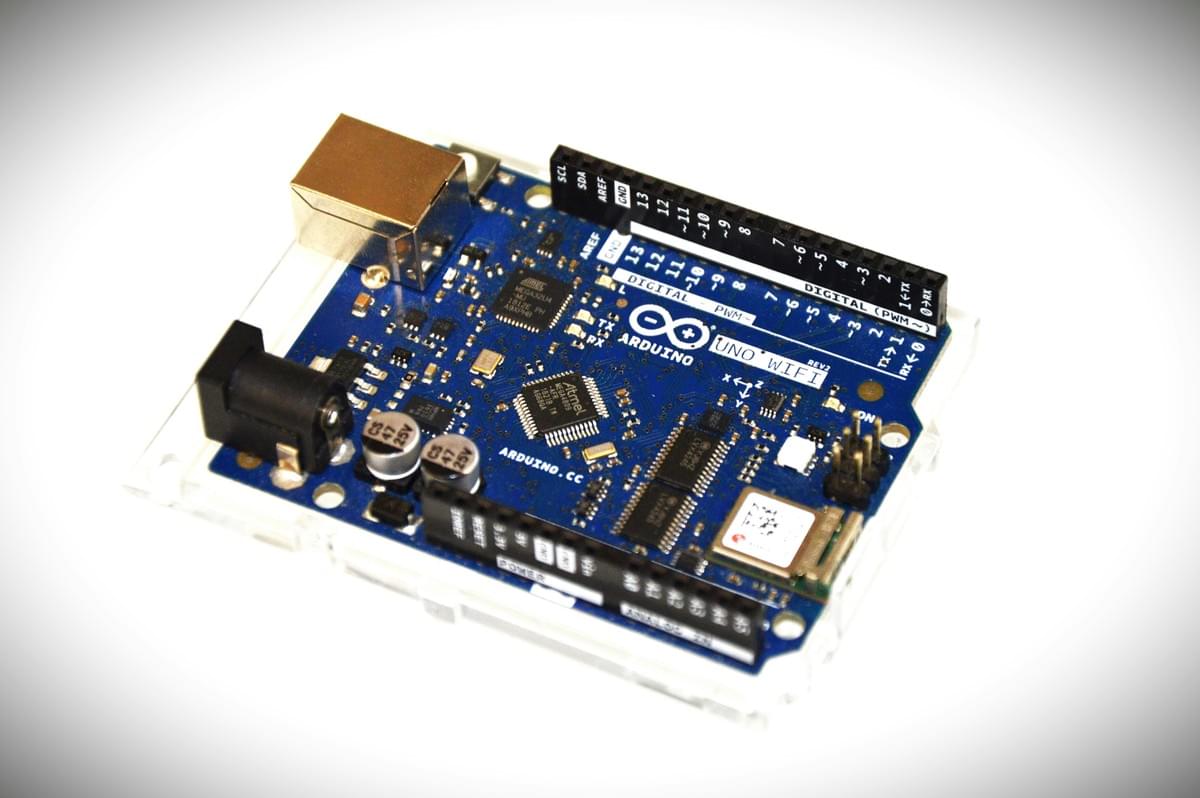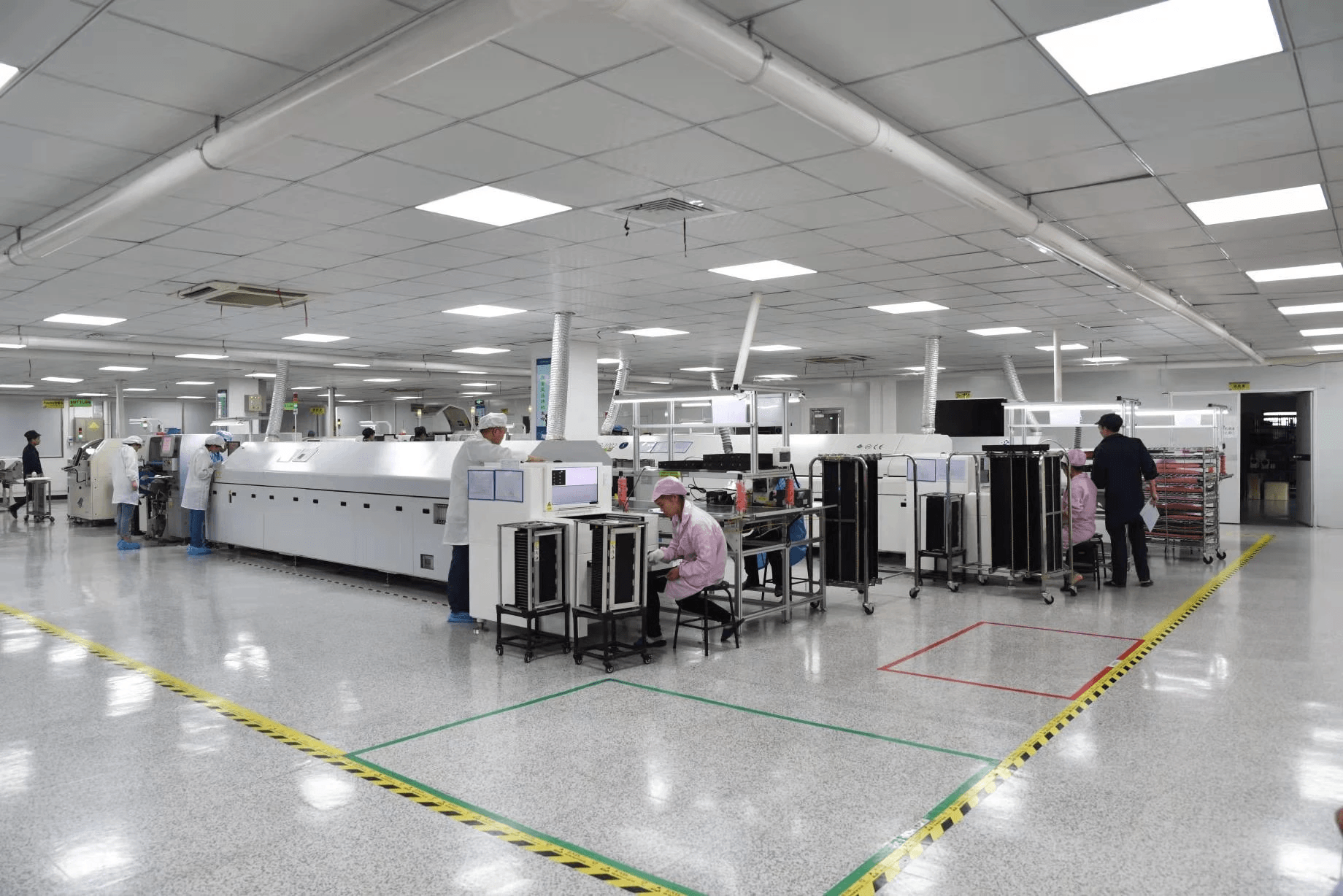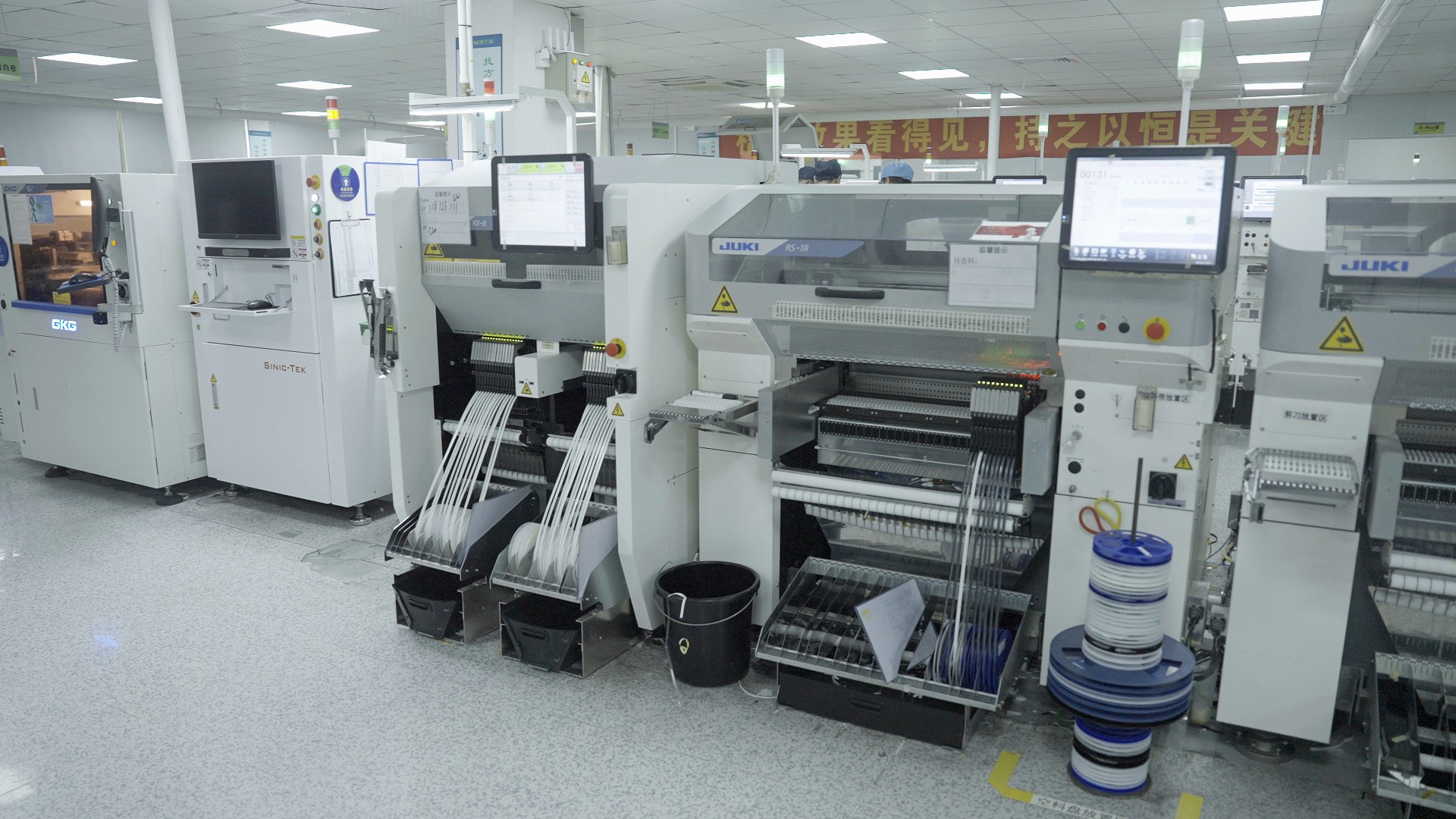Introduction
In the world of printed circuit boards manufacturing, efficiency and precision are paramount. Enter the PCB depaneling machine, a vital piece of equipment designed to separate individual PCB circuit boards from larger panels with utmost accuracy. This technology not only streamlines production but also enhances the overall quality of the finished product.
Understanding PCB Depaneling Machines
A PCB depaneling machine is engineered to cut or separate multiple PCBs that are mounted on a single panel, commonly referred to as a PCB board. These machines utilize various cutting techniques, ensuring that each circuit board remains intact and functional after separation. By minimizing damage during this crucial process, manufacturers can maintain high standards in their PCB manufacturing operations.
Importance in Printed Circuit Boards Manufacturing
The role of PCB depaneling machines in printed circuit boards manufacturing cannot be overstated; they significantly impact production efficiency and cost-effectiveness. With the increasing complexity of electronic devices, having reliable methods for separating PCBs is essential for meeting market demands without sacrificing quality. Moreover, these machines help reduce waste and improve yield rates by ensuring that every piece of the circuit board is usable.
Types of PCB Depaneling Machines
There are several types of PCB depaneling machines available on the market today, each catering to specific needs within the industry. Laser depaneling machines offer unparalleled precision through high-energy laser beams that cut through materials effortlessly, while V-Cut machines provide a more mechanical approach using pre-scored lines for separation. Additionally, router-based depaneling machines utilize rotary tools for cutting intricate designs on complex circuit board layouts, making them versatile options for diverse applications.
Different Types of PCB Depaneling Machines

When it comes to PCB depaneling, selecting the right machine can significantly impact the efficiency and quality of printed circuit boards manufacturing. Each type of PCB depaneling machine offers unique advantages tailored to specific production needs. Understanding the various options available helps manufacturers make informed decisions that align with their operational goals.
Laser Depaneling Machines
Laser depaneling machines are known for their precision and versatility in cutting through various materials used in circuit board production. Utilizing focused laser beams, these machines can create intricate cuts without physical contact, minimizing the risk of damage to delicate components on the PCB circuit board. As a result, they are particularly effective for complex designs where traditional methods might fall short.
One of the standout features of laser depaneling machines is their ability to handle both rigid and flexible PCBs with ease. This adaptability makes them ideal for manufacturers who produce a diverse range of printed circuit boards manufacturing applications. Moreover, the reduced mechanical stress on PCBs during processing leads to fewer defects, enhancing overall product quality.
However, it's worth noting that while laser technology offers remarkable benefits, it may come with higher initial investment costs compared to other types of machines. Manufacturers must weigh these costs against potential savings in labor and material waste over time when considering this option for their PCB depaneling needs.
V-Cut Depaneling Machines
V-Cut depaneling machines employ a different approach by using a V-shaped blade to create grooves along designated lines on the PCB board. This method allows for easy separation after cutting while maintaining structural integrity during handling and assembly processes. The simplicity and effectiveness of V-Cut technology have made it a popular choice among manufacturers looking for reliable solutions in circuit board production.
One major advantage is that V-Cut machines are generally more cost-effective than laser options, making them accessible for small-to-medium-sized enterprises engaged in PCB manufacturing. They also require less maintenance due to fewer moving parts involved in the cutting process—an attractive feature for businesses aiming to streamline operations without sacrificing quality.
However, while V-Cut machines excel at straight-line cuts, they may struggle with more complex shapes or intricate designs found in modern PCBs. Therefore, manufacturers should assess their specific requirements before opting solely for this type of machine when producing advanced PCB circuit boards.
Router-Based Depaneling Machines
Router-based depaneling machines utilize rotating bits to cut through PCBs with high-speed precision—a technique that provides flexibility across various designs and thicknesses of printed circuit boards manufacturing materials. These machines are particularly effective when dealing with thick or multi-layered PCBs where other methods may falter under pressure or yield unsatisfactory results.
The versatility offered by router-based systems allows manufacturers to customize tooling based on specific project requirements easily; this adaptability enhances productivity while ensuring high-quality outputs across different types of circuit board production tasks. Furthermore, router-based solutions often integrate well into existing automated systems within factories—facilitating seamless operation alongside other machinery.
Despite these benefits, router-based depaneling can generate dust and debris during operation which necessitates additional cleanup measures post-processing—something businesses should factor into their workflow planning if they choose this option for their PCB board needs.
Advantages of Using PCB Depaneling Machines

PCB depaneling machines are revolutionizing the landscape of printed circuit boards manufacturing, providing significant advantages that enhance productivity and quality. As the demand for precision in circuit board production rises, these machines have become vital tools for manufacturers looking to streamline their processes. By employing advanced technology, they ensure that every PCB circuit board is crafted with meticulous attention to detail.
Efficiency in Circuit Board Production
One of the primary advantages of using a PCB depaneling machine is its remarkable efficiency in circuit board production. These machines are designed to handle multiple PCBs simultaneously, drastically reducing the time required for manual separation methods. With enhanced throughput capabilities, manufacturers can produce a larger volume of PCB boards in less time, ultimately boosting their overall output and meeting tight deadlines with ease.
Precision and Accuracy in PCB Manufacturing
Precision is paramount in the world of PCB manufacturing, and depaneling machines excel at delivering exceptional accuracy. By utilizing advanced cutting techniques—such as laser or router-based methods—these machines ensure that each cut is precise, minimizing the risk of damaging delicate components on the PCB circuit board. This level of accuracy not only enhances product quality but also reduces waste from defective boards, making it a win-win situation for manufacturers.
Reduced Production Time and Costs
In today’s competitive market, reducing production time while maintaining high quality is essential for profitability; this is where PCB depaneling machines shine. By automating the separation process, manufacturers can significantly lower labor costs associated with manual handling and increase operational efficiency across the board. Additionally, faster production cycles mean quicker turnaround times for clients—an essential factor when navigating the fast-paced world of printed circuit boards manufacturing.
Key Features to Consider in PCB Machines
When selecting a PCB depaneling machine, there are several key features that can significantly impact the efficiency and quality of printed circuit boards manufacturing. Understanding these features ensures that you choose a machine that meets your specific needs, enhancing the overall performance of your circuit board production process. Let’s delve into the essential aspects to consider when evaluating different PCB machines.
Cutting Speed and Quality
Cutting speed is crucial in determining how quickly a PCB depaneling machine can process circuit boards while maintaining high-quality results. A faster cutting speed translates into increased productivity, allowing manufacturers to produce more PCB circuit boards in less time without compromising quality. Additionally, the precision of cuts is vital; poor cutting quality can lead to damage on the edges of PCBs or even affect the functionality of components on the board.
Quality cutting also involves ensuring clean edges and minimal debris, which are essential for reliable operation in subsequent manufacturing stages. High-quality cuts reduce the risk of defects, ultimately leading to lower rejection rates and cost savings in pcb manufacturing processes. Therefore, when evaluating a depaneling machine, consider both its speed and its ability to deliver consistent cut quality across various types of pcbs.
Ease of Use and Maintenance
A user-friendly interface is paramount for any PCB depaneling machine, especially if you want your operators to work efficiently without extensive training. Machines designed with intuitive controls allow users to set parameters quickly and monitor operations effectively during printed circuit boards manufacturing processes. Furthermore, ease of use translates directly into reduced downtime as operators spend less time troubleshooting or adjusting settings.
Maintenance is another critical aspect; machines that require frequent servicing can hinder production schedules and increase operational costs. Look for machines with easy access points for routine maintenance tasks such as cleaning or part replacements—this ensures longevity and reliability in your pcb board operations. A well-maintained pcb depaneling machine not only performs better but also contributes positively to overall production efficiency.
Compatibility with Various PCB Sizes
In today's diverse electronics landscape, compatibility with various PCB sizes is an important feature for any effective depaneling solution. A flexible pcb depaneling machine allows manufacturers to handle multiple designs without needing significant adjustments or additional tooling—this versatility helps accommodate everything from small prototypes to larger production runs efficiently.
Moreover, having a machine that supports different configurations means you can easily adapt to changing market demands or customer specifications without investing in multiple machines—a real win-win situation! When assessing compatibility features, ensure that the selected equipment can handle all anticipated sizes within your product line while maintaining precise cutting capabilities throughout.
Leading Brands in PCB Depaneling Technology

In the realm of PCB depaneling, several brands stand out for their innovative solutions and reliable machinery. These companies have carved a niche in the printed circuit boards manufacturing industry by offering advanced technologies that enhance efficiency and precision. Let's take a closer look at three leading brands making waves with their state-of-the-art PCB depaneling machines.
Bensun Technology: A Comprehensive Solution
Bensun Technology has established itself as a comprehensive solution provider in the PCB manufacturing landscape, focusing on high-quality equipment tailored for various needs. Their PCB depaneling machines are designed to handle different types of circuit boards, ensuring versatility and adaptability in production lines. By integrating cutting-edge technology with user-friendly interfaces, Bensun enables manufacturers to streamline their processes while maintaining top-notch quality.
The company's commitment to innovation is evident in its range of laser and router-based depaneling machines, which cater to diverse requirements of printed circuit boards manufacturing. With an emphasis on precision engineering, Bensun's products minimize waste and maximize yield, making them a favorite among those producing complex PCB circuit boards. Additionally, their robust customer support ensures that users can effectively maintain and optimize their machinery for long-term success.
MPM AP: Innovative PCB Solutions
MPM AP is synonymous with innovation in the field of PCB manufacturing, particularly known for its advanced depaneling technologies that push the envelope of efficiency. Their range of pcb depaneling machines incorporates smart features that enhance productivity while ensuring superior cutting quality across various sizes of circuit board board configurations. This focus on innovation allows MPM AP to deliver solutions that meet the evolving demands of modern electronics production.
One standout feature is MPM AP's commitment to automation, which significantly reduces manual intervention during the depaneling process—ideal for high-volume production environments where time is money. Moreover, their machines are designed to work seamlessly with both standard and custom-designed pcbs on pcbs configurations, providing flexibility without compromising performance or accuracy. As a result, manufacturers can expect not only faster turnaround times but also lower operational costs.
TWS Automation: Precision Engineering
TWS Automation prides itself on delivering precision-engineered solutions tailored specifically for the challenges faced in printed circuit boards manufacturing today. Their pcb depaneling machines are equipped with sophisticated cutting technologies that ensure clean edges and minimal stress on delicate components—a crucial factor when working with intricate designs found in modern pcb circuit boards. This level of precision allows manufacturers to maintain high-quality standards while optimizing workflow efficiency.
The brand also emphasizes ease of use; TWS Automation’s machines come with intuitive controls that simplify operation even for less experienced staff members in busy production environments. Furthermore, they offer compatibility across various sizes and types of circuit board configurations—making it easy for businesses to adapt as their needs change over time without having to invest heavily into new equipment frequently. With TWS Automation's focus on reliability and performance, manufacturers can confidently tackle any challenge thrown at them in the competitive world of electronics assembly.
Future Trends in PCB Depaneling

The landscape of PCB depaneling is evolving rapidly, driven by advancements in technology and the growing demand for efficiency in printed circuit boards manufacturing. As manufacturers seek to optimize production processes, several key trends are emerging that promise to revolutionize how we approach circuit board assembly. Understanding these trends will not only help businesses stay competitive but also enhance their overall production capabilities.
Automation and Smart Technologies
Automation is at the forefront of the future of PCB depaneling machines, significantly improving efficiency and accuracy in circuit board production. Smart technologies, such as AI and IoT integration, are enabling machines to learn from previous operations, optimizing cutting paths and reducing waste during the depaneling process. As a result, manufacturers can expect not only faster turnaround times but also higher quality output from their PCB manufacturing processes.
Furthermore, automated systems can handle complex designs with ease—think of a pcb on pcb scenario where multiple layers require precise handling. With advanced sensors and real-time monitoring capabilities, these machines ensure that every cut is executed flawlessly, minimizing human error and enhancing overall productivity. The shift towards automation represents a significant leap forward for those involved in printed circuit boards manufacturing.
Sustainable Practices in PCB Manufacturing
Sustainability has become an essential focus across industries, including PCB manufacturing. The future will see an increased emphasis on eco-friendly materials and practices within the realm of circuit board production to minimize environmental impact. This includes using recyclable materials for printed circuit boards as well as energy-efficient processes during depaneling.
PCB depaneling machines are now being designed with sustainability in mind; many incorporate features that reduce energy consumption while maintaining high performance levels. Additionally, manufacturers are adopting waste reduction techniques that promote recycling of scrap material generated during the cutting process—making every pcb board count! By embracing sustainable practices, companies not only contribute positively to the environment but also appeal to a growing market segment that values green initiatives.
Advances in Laser Technology for PCB
Laser technology continues to make waves in the field of PCB depaneling due to its precision and versatility when working with various types of materials used in circuit board construction. Recent advancements have led to lasers that can operate at higher speeds while providing cleaner cuts without damaging adjacent components on a pcb circuit board or affecting delicate traces on the board itself.
These innovations ensure that manufacturers can achieve intricate designs without compromising quality or increasing costs—an essential factor as product complexity rises across industries relying on advanced electronics. Moreover, laser-based systems facilitate non-contact processing which reduces wear-and-tear associated with traditional mechanical methods—extending machine lifespan significantly! With ongoing improvements expected in laser technology’s capabilities and applications for PCBs, businesses can look forward to more efficient solutions tailored for their specific needs.
Conclusion

In the ever-evolving world of printed circuit boards manufacturing, understanding PCB depaneling machines is crucial for enhancing production efficiency and quality. These machines are not just tools; they are integral components that streamline the process of separating circuit board segments with precision. As we move forward, grasping the nuances of these machines can lead to significant advancements in PCB manufacturing.
Essential Insights on PCB Depaneling
PCB depaneling is a sophisticated process that ensures printed circuit boards are fabricated with accuracy and efficiency. With various types of machines available, such as laser and router-based options, manufacturers can choose solutions tailored to their specific needs. Ultimately, investing in the right PCB depaneling machine can drastically improve production workflows and output quality.
Choosing the Right Machine for Your Needs
Selecting a suitable PCB depaneling machine involves considering factors such as cutting speed, ease of use, and compatibility with different PCB sizes. Manufacturers must assess their unique requirements to ensure they invest in a machine that enhances their production capabilities without breaking the bank. A well-chosen machine not only boosts productivity but also contributes to overall cost savings in circuit board manufacturing.
Exploring Applications in Circuit Board Production
The applications of PCB depaneling machines extend beyond mere separation; they play a vital role in ensuring high-quality assembly of electronic devices. From consumer electronics to automotive components, these machines are essential for producing reliable PCB circuit boards that meet industry standards. As technology advances, exploring innovative uses for these machines will open new avenues for efficiency and sustainability in circuit board production.
